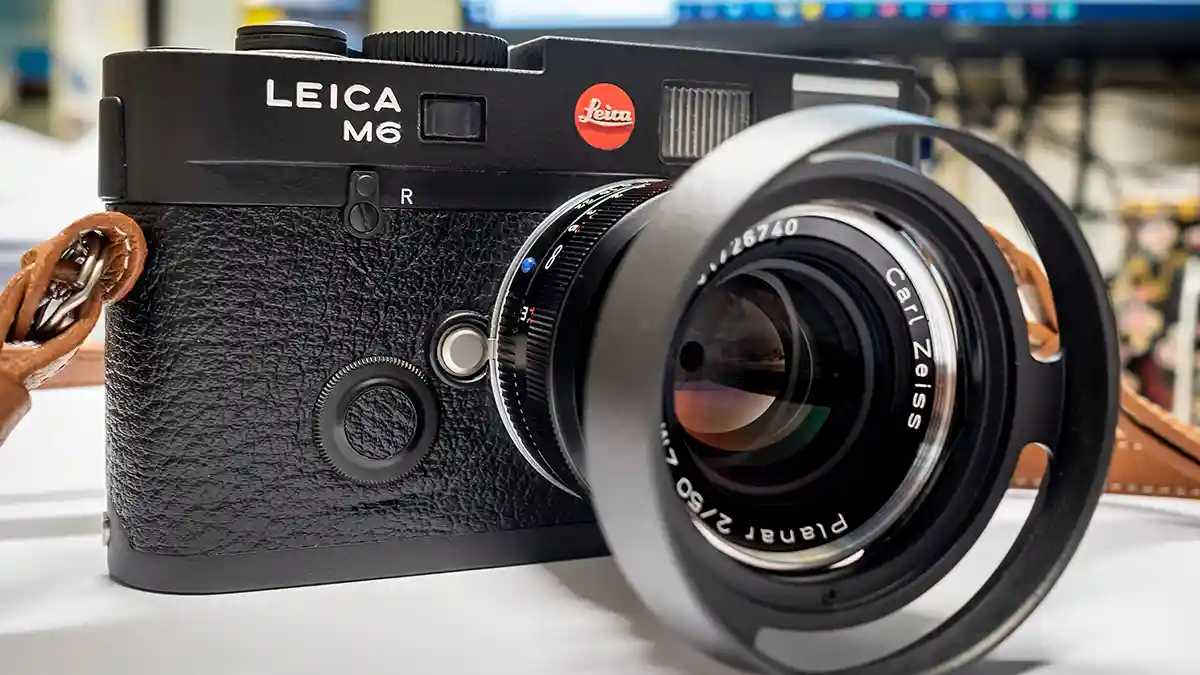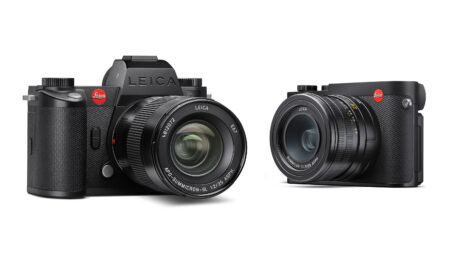Many camera manufacturers have made notable improvements in the past five years, specifically in terms of megapixel counts, ergonomics and variable pricing points. Companies such as Sony, Canon and Nikon have continued to drive the mirrorless trend while performing exceptionally well, leaving little room for competing partners like Panasonic and Pentax. But there is one brand that, despite historically limiting itself to the enthusiast class, is starting to undergo a change in relevance, though it has not always been a smooth ride. Leica have long built a number of sought-after cameras, establishing themselves as the premium niche in overall craftsmanship and quality control. However, due to their slower and more hands-on construction process, they simply have never been able to produce the numbers of cameras that companies like Nikon and Sony can afford to, which in turn, has garnered them a cult following. And of course, a limited production run means less models are readily available at any given time. In fact, many Leica cameras are so difficult to come by that they are classed as collectors’ items, allowing them to fetch very high prices on the online marketplace. They have also been criticised in the past for not moving quickly enough with the times, missing out on opportunities to showcase newer, high-end camera developments. As we will come to shortly, the latter is still very much the case.
Suffice to say, these issues have historically been reflected in their heavier prices, making them significantly harder for the average individual to attain. It is for these reasons, that Leica have never managed to compete with the aforementioned brands in terms of mainstream success. In recent years however, that pattern has started to change due to varying factors. First of all, the brand’s rise on social media platforms like YouTube and TikTok cannot be disputed and is a point surely worth addressing. While it is true that Leica have always had their place in the industry, occupying a small but steady portion of it thanks to their cult following, in 2021 they found themselves in a place they had not previously been. Indeed, in 2021 Leica recorded their best financial year in more than a 100-year history, with an overall 16% increase in revenue and net gain. But for a brand that has been long established, and known only for its small, silent victories – what was the driving force behind those record figures? Well, a number of factors could certainly be concluded, but there is one that is undoubtedly significant. It is no secret that 2021 continued to parade the turbulence of its previous year, bringing with it a new number of covid-related lockdowns and international travel restrictions.
Resultingly, both amateur and professional photographers unable to work for some time simply turned to the internet, where they could scour the net for remote jobs, or simply choose to expand their general industry knowledge. For the majority if photographers, it was the latter. The resulting traffic helped audiences to find new creators, and creators to find new audiences. Leica-loving Youtubers and medium-format aficionados merged to produce more eye-catching content and product promotion in the industry. One such brand that made great use of this trend was Leica, who sponsored or collaborated several creators in order to show newcomers and smaller audiences what they had to offer up in the photography world.
Naturally, the hype around Leica quickly began to build, and before long sales of cameras both new and old were rapidly rising. Regardless, a historical part of Leica’s hype has always been around the images they are capable of capturing. So distinctive are they, that the ‘Leica look’ has become a term in itself, connoting the unique aesthetic of the images, characterised by a deep contrast and clear, sharp rendering. In fact, Leica lenses are specifically known for their vibrant colour reproduction and subtle vignetting, giving the image a cinematic look and almost dreamlike quality. But outside of the realm of aesthetics, certain Leica models can leave a lot to be desired, particularly in the instance of the Q3. Not only does the 60-megapixel Leica Q3 demand an absurd £5,550, but it is also immensely lacking in basic ergonomic control, with no grooves or satisfactory shape. It also lacks a basic battery cover, meaning that the battery is not entirely secure if you are moving fast or on the go. In fact, some users have reported the battery even falling out on more than one occasion. Then there’s the autofocus, which on the Q3 is particularly notorious for its short attention span and general inconsistency. The sensor is known to highlight completely random objects in the frame simultaneously – objects such as tables, chairs or background subjects with no rhyme or reason, meaning if the subject is moving even slightly, or just one of these objects is no longer registered as determinable, the selection is reset, making it a highly unsuitable choice for those in need of quick captures.
On the other hand, the 42-megapixel Sony RX1R II is significantly more attainable at £2,249 and has none of these issues whatsoever. It is robust, comfortable to hold and the drop in megapixels is not nearly significant enough to cause concern. Additionally, the 60-megapixel Leica M11 body alone will set you back £5,999 and provide a similar final image. In conclusion, the Leica hype may be well intended, but in the practical world of photography, it holds no real purpose. For that reason, the hype is unlikely to remain for much longer. The current consensus online seems to be that despite Leica’s acclaimed craftsmanship and sharp visuals; the hefty price just isn’t reflected in the final image. Yes, it is true that the characteristic ‘Leica look’ is an interesting one, but one that could be just as well achieved with any modern camera while costing you a mere fraction of the price. You would be far better off investing in a Sony camera and holding on to all of that excess cash.





Leave a Reply
You must be logged in to post a comment.